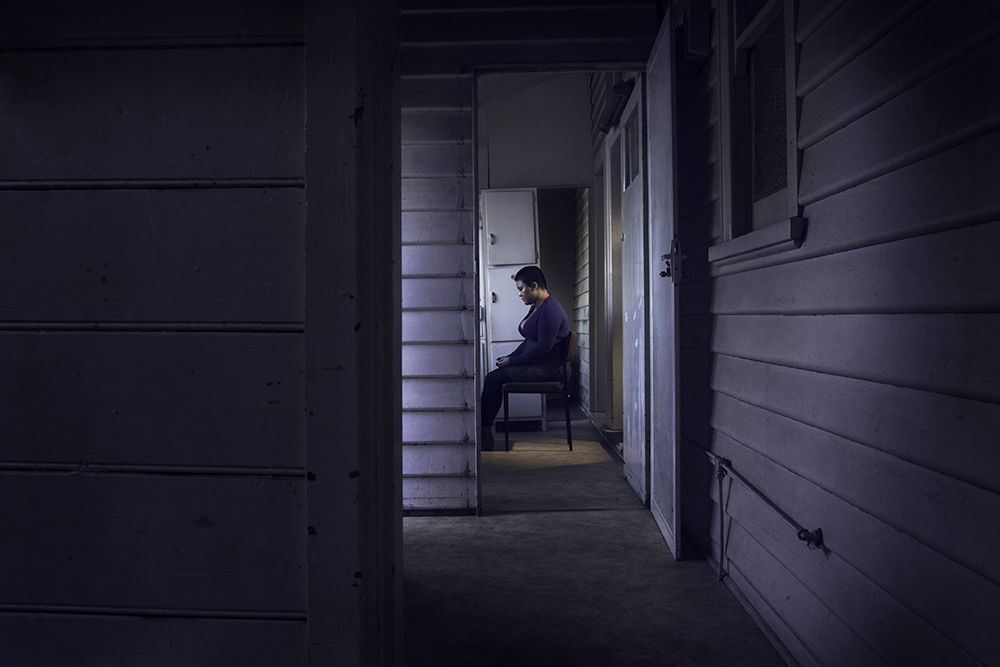
Keira Hudson | Angela Serrano Innocent Eyes! 1 | with Judy Hudson & Kyl Jones
The male gaze has been discussed at length. The female gaze, not as much. This ekphrastic project is about the latter. It is about the female gaze of the photographer who created the images that inspired these acts of ekphrasis;the reflexive gaze of the model, a young woman of colour who also writes, who conceptualised the project; as well as the gaze of the poets responding to the images – poets who are also young, Indigenous, and migrant Australian women of colour. This is a collaboration featuring the work of emerging creatives whose voices are underrepresented, underrated, and still largely unsupported in mainstream Australian art in general, and in contemporary Australian poetry in particular.
If the male gaze in lens-based media regards the woman as nothing more than a masturbatory aid, or a plot device that advances the story of a richly developed and complex male protagonist, what does the female gaze do differently?
‘The imagery of women has to catch up with the imagery of men,’ photographer Annie Leibovitz says (Sheets). Her late partner Susan Sontag writes of her book of portraiture of women that it ‘defies the tradition of photographing women for their beauty rather than their character’ (ibid.). The New Yorker’s Lizzie Widicombe describes the portraits of Tate Modern-exhibited twenty-four-year-old Canadian photographer and model Petra Collins as ‘moody inward moments that emphasise their interiority and hint at a larger narrative’ (Widdicombe). Former Rolling Stone art director and fashion photographer Bea Feitler has produced images of women in poses inspired by architecture, where they are portrayed as energetic and expressive rather than placating and passive (Gavin). In all these notable examples of the female gaze, the female subjects are portrayed as having inner worlds, universes even, a sense of coming from somewhere, a sense of heading for something. They are not still-life objects like a flower or fruit arrangement. They are photographed in the midst of onward movement. There is more to them than the documented moment.
The first image, above, is of the dimly lit bowed, baldish figure in the hallway of an old home, the only curved shape in a space comprising angles upon angles, an endless accordion of squares.









